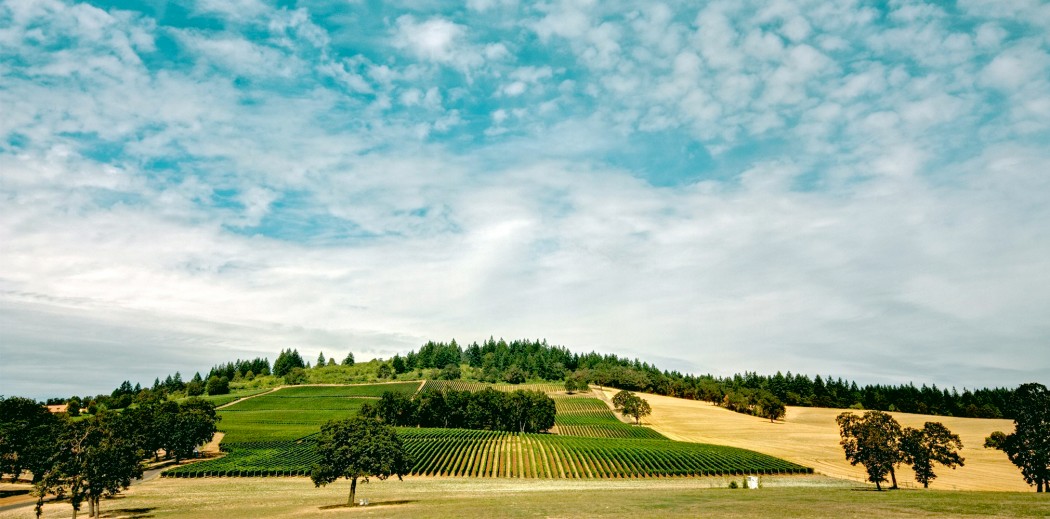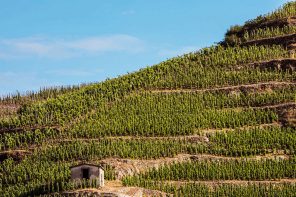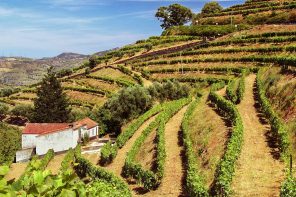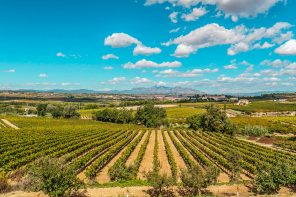Step aside, California – quality wine from the West Coast isn’t just synonymous with the Golden State, anymore. When it comes to Pinot Noir, Pinot Gris and cool climate Chardonnay, we’re looking north, specifically to Oregon’s Willamette Valley.
Over the last decade, the Willamette Valley has gone from nearly unheard of, to one of the most sought-after regions for winemaking in the entire country, and it’s really no mystery as to why. Mild, maritime climates, coupled with numerous streams, tributaries and an array of topographical diversity make this region a bona fide grape-growing hot spot. Get to know Oregon’s flagship winemaking region with this beginner’s guide below.
The Willamette Valley is located on the western side of Oregon, claiming the title as the state’s largest AVA. The valley ranges from the Columbia River to Eugene (north to south) and is ideally situated between two mountain ranges: the Oregon Coast Range to the west and the Cascades to the east. The region experiences an extremely mild climate, hardly ever dropping below freezing. Rain generally comes during the cooler seasons, post-harvest, and snow is almost never seen. Most wineries are found to the west of the Willamette River, especially in Yamhill county. Maritime climate, steep slopes, morning fog and abundant bodies of water make this part of the region the most conducive for grape growing.
The Willamette Valley AVA was officially named in 1984, though since then, six sub-region AVAs have been created within the larger valley: Dundee Hills, Eola-Amity, McMinnville, Chehalem Mountains, Ribbon Ridge and Yamhill-Carlton. Willamette’s first grapes were planted in the Dundee Hills AVA; today, the region is home to over 50 vineyards.
So what makes Willamette Valley Pinot Noir so great? It’s simple. A unique combination of alluvial soils, southern facing slopes and a cool, maritime climate that make Pinot Noir its happiest. The region’s Pinot has often been compared to that of Burgundy, as both sit at similar latitudes and have similar climates. However, this is where the concept of terroir comes in. Distinct microclimates and topographical differences set these regions apart, though the comparison is generally made to set Oregon’s Pinot apart from that of California. Despite California being geographically closer, the style in which Oregon Pinot Noirs are made is much more similar to that of Burgundy. The wines are earthy and refined, with flavors of red fruit and bright acidity. And don’t worry about shelling out a pretty penny – great bottles of Oregon juice can be found within the $20 to $25 price range! Sign us up.










Your discussion of Oregon is incomplete without mentioning the name of David Lett, who founded Eyrie Vineyards in Dundee, planted to Pinot Noir and Pinot Gris (alas now deseased) but still run capably by David’s wife, Diana, and two sons. The family began the groundswell for Oregon’s great rep and should not be omitted or overlooked. They still produce some of the best PN in the country!
Sincerely,
Bill Moffett (billmoff@gmail.com) founder and past publisher of Vineyard & Winery Management, mag.